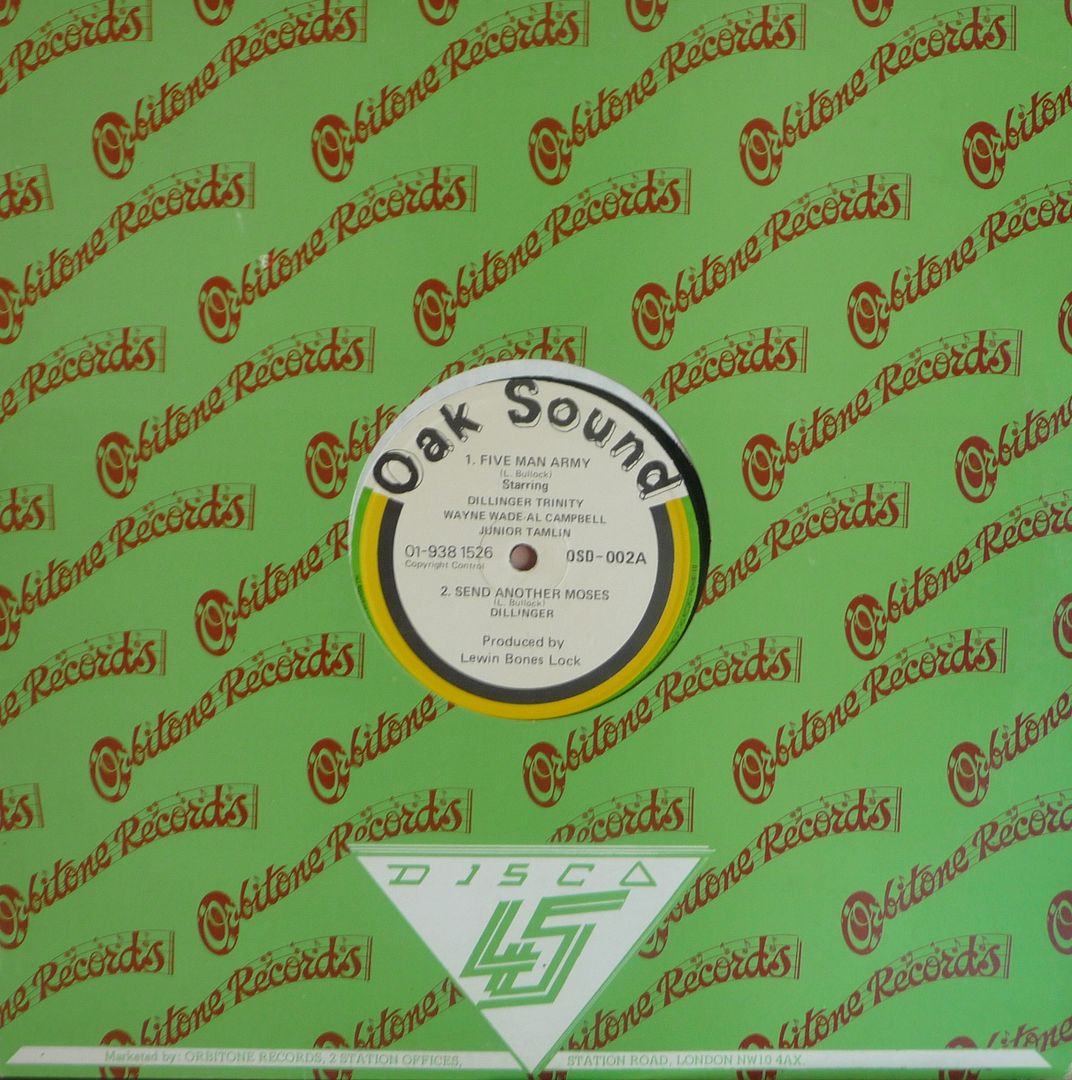
Five Man Army / Send Another Moses
Five Man Army was a track that came out of a studio session organised by Lewin ‘Bones’ Lock which consisted of five hi ranking vocalists. The role call for this amazing session was Dillinger, Trinity, Wayne Wade, Al Campbell and Junior Tamlin. Quite a line up, throw the Roots Radics into the mix and you get one of the heaviest reggae tracks from 1982. This 12″ record originally released on the Oak Sound record label places the listener right into the heat and dust of Kingston. A big heavy tune indeed drenched in old testament dogma. The dub mix is equally fine. Play as loud you can reasonably get away with!
Text below taken with love from the dreadlibary and BBC websites… The beautiful Trenchtown black and whites courtesy of Brian Jahn from his blog blessingsallover.
, 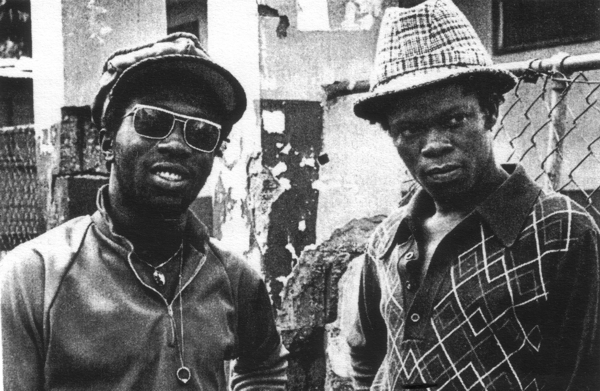
Background of Kingston
Kingston is located on the southern side of the island of Jamaica and is protected from the strong northeast trade winds by the vast Blue Mountain ranges. The city of Kingston stretches for more than fifty miles including ten mile long harbor. This makes for a diverse community of fisherman as well as street vendors and many unemployed people.
Kingston is the largest and one of the most diverse cities in the English-speaking Caribbean. More than half a million people populate Kingston of different decent ranging from African, Asian, European, and Middle Eastern roots. The city’s tremendous growth during the 20th century has produced severe overcrowding, persistent unemployment, and violent crime. Poverty has devastated Jamaica’s black majority and nowhere is this more apparent than in the ghettos of Kingston. European colonialism set up a society of racial stratification and current residents of Kingston have to deal with historic tensions between the city’s black and brown residents.
Kingston of today is a direct result of the organized racial and cultural segregation that began more than three hundred years ago, when Jamaica was a British colony. Many of the social and political changes that have swept Jamaica since 1692 have occurred first in Kingston, often in reaction to organized political protests. The history of Kingston itself represents the legacy of slavery and the efforts by black and brown Jamaicans to find freedom and equality in a nation haunted by what’s left of colonialism.
Kingston was founded in the summer of 1692, after a large earthquake destroyed the coastal city of Port Royal. From the beginning Kingston was run by Jamaica’s white elite, mostly sugar planters from England. The city was created to serve the social and economic interests of white planters. Residential segregation in the form of a color-class system, beginning in 1692, served to reinforce cultural separation.
During the first half of the 18th century Kingston saw an influx of Jewish merchants, white sugar planters, African slaves, and a small amount of free blacks in the colored community. Kingston served as a trading post for the Transatlantic Slave Trade and this was one of their main trades. The African slaves were used to produce sugar in Jamaica and this sugar was then sent to New England. These goods were then exchanged for more African slaves to grow the industry. Slavery changed the social color of Kingston during the 18th century; the whites dominated Jamaica’s legal and political organizations and originally pushed the growing black majority to the outskirts of town.
Laws like the Consolidated Slave Laws of 1792 regulated racial Interaction between the different colors. This law restricted the where slaves could go as well as their right to assembly and the slaves were supposed to stay on their respective rural sugar plantations. Colored Jamaicans were required to carry certificates of freedom that stems from British practices used in South Africa and since most of the officials were originally from Britain they used similar guidelines. The whites firmly believed in the difference between originally free blacks and those who were freed from slavery. This made it pretty tough on those who were freed from slavery who had less white in their blood and were considered the lowest of the classes.
The strict laws and organizations made for a firm social ladder that privileged the city’s white minority. Tensions therefore developed between blacks and slaves living in the lower level of Kingston society. At first most freed slaves tried to gain acceptance into white society by trying to copy white European culture. These freed slaves favored people who looked more European in nature with attributes such as straight hair, light skin, and thin lips. Kingston’s social hierarchy however never allowed these freed slaves to gain full access to power. Jews and white indentured servants stood above them. “By the end of the 18th century Kingston’s policy of residential segregation had produced a cultural and social separation among the city’s black, brown, and white residents.”
Kingston underwent a series of dramatic changes during the 19th century. By 1820 it was the largest and richest city in the British West Indies. Whites were still the leaders of the legal and political organizations that assured their advantaged positions. Kingston, just like the rest of white Jamaica, had grown to fear the runaway slaves called maroons who developed independent communities in more central Jamaica. The fears turned into a reality when in 1831 a serious slave rebellion led by a black slave named Samuel Sharpe alongside over than twenty thousand other slaves, broke out in the northwest parish of Saint James.
The slavery in Jamaica ended in 1834 and dramatically changed Kingston’s society. Contrary to the fears of many whites, liberation did not bring a flood of former slaves into the city. Most of the blacks found few employment opportunities in Kingston and were essentially forced to remain as workers on sugar plantations. These blacks were ancestors to today’s peasant communities and this is what started the bad neighborhoods consisting of shacks made out of whatever the community members could find. These towns were primarily located on the outskirts of Kingston.
For almost the next three decades, most people in Jamaica experienced considerable hardships as the island’s economy collapsed. Wealthy whites went back to Europe and thousands of blacks and freed slaves of various ancestry immigrated to places such as the United States, the United Kingdom, Panama, and Cuba. Those blacks that stayed in Kingston turned to selling homegrown produce in the small-scale markets that crowded the sides of streets. Even though the economic crisis hit the wealthy as well as the poor, government policies in the 1860s targeted the poor and made a difficult situation even worse.
This continued persecution led to further frustration, which appeared in 1865 when the black activist Paul Bogle organized a substantial demonstration in Morant Bay to protest the government’s policies. Blacks in Kingston participated in most of the events and after a violent police crackdown the Jamaicans rioted. After the riots, the British Parliament decided to make Jamaica a crown colony. A crown colony means that Jamaica would be under the direct rule of the British Crown. This transformation also took away some of the power from the hands of the island’s whites. This was the start of a major change for Kingston’s people.
Lighter skin people did the best during the crown colony period, and many could afford to move into some of Kingston’s nicer neighborhoods. Kingston’s black majority however continued to find themselves blocked out of the city’s economy. Poor schools and widespread unemployment left most of the blacks at a serious disadvantage. For example, in 1871, sixty percent of the city’s population were illiterate, most of whom were black.
Kingston began to make an economic comeback in 1872, when it became the capital of Jamaica. Manufacturing provided jobs for some of the city’s black residents, and the immigration of merchants from East India, China, and Syria boosted the city’s recovery. Although a major earthquake in 1907 slowed development, Kingston continued to grow.
During the 1920s and 1930s Marcus Garvey headed a Black Nationalist movement that brought attention to the world of the poor conditions facing black workers. During the rise of Garveyism Kingston became the front line for black nationalists, black religious organizations such as the Rastafarians, trade unions, and political activists. Their activities eventually led to universal adult suffrage in 1944. This placed Jamaica on the path to independence and induced the formation of two major political parties in Kingston. The two parties were the Jamaican Labor Party (JLP) and the People’s National Party (PNP).
The JLP and PNP competed throughout the 1940s and 1950s for the support of Jamaica’s black, working-class majority. Michael Manley and Alexander Bustamante emerged as two black politicians who spoke for the island’s black and brown population. During this time Kingston acted as an example of the negative impact of white colonial rule, and for continued to place pressure on the British Crown for independence. The Jamaican’s succeeded in 1962 when Jamaica was allowed full independence from Great Britain.
After independence, Kingston there was a great deal of competition between the supporters of the PNP and those of the JLP. Party supporters who lived in and controlled political clubs divided downtown Kingston. In the elections of 1976 and 1980, hundreds of Jamaicans died during vicious political altercations in the political clubs of Kingston. Even though there was a great deal of violence, Jamaica was able to gain the benefits and the main principles of democracy. Kingston has come to represent a current capital complete with organizational centers and an improved work force of civil servants.
Kingston today still remains racially segregated, and substantial numbers of its residents are still dirt poor. Kingston continually deals with unemployment, crime, and overcrowding, as we have seen in such movies as The Harder They Come and Third World Cop.
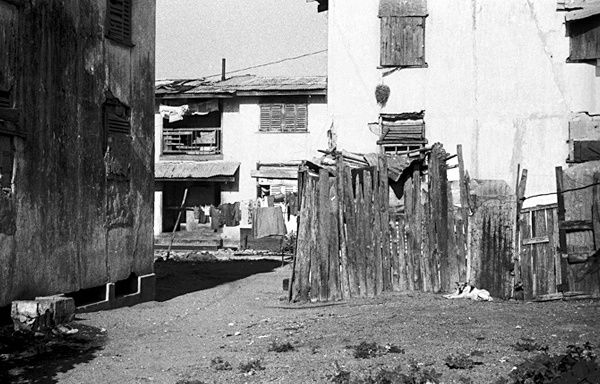
Trench Town is a small area in the West Kingston ghetto community of Jamaica’s capital. Trench Town just like other ghetto areas has basically been abandoned and avoided by both the public and private parts of Kingston’s society. It has been isolated and controlled by the inhabitants consisting of police and gang violence.
Trench Town has been a town of violence, where the people live in fear and despair that goes along with ghetto life. Trench Town is also recognized and respected worldwide as providing the Roots of Reggae Music. The messages of Reggae are Unity, One love and the inhabitants as well as Reggae artists incorporate this message to combat their rough lives.
In reality Trench Town can be a dangerous place but it is also a community. The community and its leaders believe in social change and responsibility. The power of reasoning and constructive action is highly valued. Unfortunately for the younger generation, crime has seemed in the short term to be the only way to survive and achieve any material gains. The leaders of the community seem determined to change this as well as the Police as we have seen in Third World Cop.
Trench Town is an impoverished town that was built around a former garbage dump in the early 1950’s The country folk used whatever they could find to build their homes and mostly worked on sugar plantations like most of the peasants of Kingston.
Trench Town produces so many Reggae artists because of the nature of the ghetto. The only thing that musicians of Trench town own is their music. The music is a way of sending out messages, entertainment, and a way to finance their way out of the ghetto into a better life. Reggae tells the stories of their life as well as things they would like changed. When Peter Tosh sang “Legalize It” he spoke about the hypocrisy around the use of ganja. The people of the ghetto are arrested for smoking ganja but judges and politicians smoke it too. Bob Marley advocated political peace that would improve the living conditions of almost all Jamaicans. Music is a powerful weapon and since the people of the ghetto are essentially powerless they must use other forms of fighting.
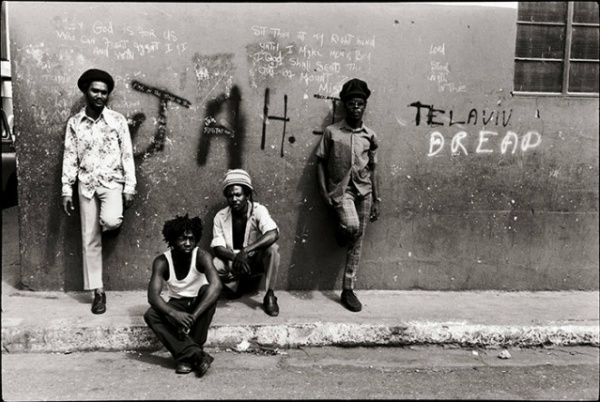
The history of Rastafari
The history of Rastafari begins with the colonisation of Africa, or ‘Ethiopia’ as it is the whole continent was known to believers, by Europeans.
The European powers took many Africans as slaves, and the people of Africa were divided up and sent into exile as captives throughout the world. The areas of captivity became known as ‘Babylon’.
For Africans this exile marked the suppression of their culture by whites. However, Rastafarians believe that the suppression of blacks in Babylon is ending and that soon they will all return to ‘Ethiopia’.
1930s
The Rastafari movement began in Jamaica during the 1930s following a prophecy made by Marcus Garvey, a black political leader. Garvey led an organisation known as the Universal Negro Improvement Association, whose intention was to unify blacks with their land of origin.
Garvey preached “Look to Africa where a black king shall be crowned, he shall be your Redeemer.” This statement became the foundation of the Rastafari movement.
The prophecy was rapidly followed by the crowning of Emperor Haile Selassie I in Ethiopia. Rastafarians see this as the fulfilment of Garvey’s prophecy. The religion takes its name from Haile Selassie’s original name.
Haile Selassie is therefore regarded by Rastafarians as the Black Messiah, Jah Rastafari. He is a figure of salvation and it’s believed he will redeem blacks from white suppressors, reuniting them with their homeland, Africa.
1935
The first branch of Rastafari is believed to have been established in Jamaica in 1935 by Leonard P. Howell.
Howell preached the divinity of Haile Selassie. He explained that all blacks would gain the superiority over whites that had always been intended for them.
Howell’s action encouraged others to help develop and spread the message of Rasta theology, and as E.E. Cashmore explains:
“All, in their own ways, added pieces to the jigsaw, and the whole picture came together in the mid 1950s when a series of congregations of rastas appeared at various departure points on Jamaica’s shores, awaiting ships bound for Africa”.
This marked the first uniting of Rastafarians and it paved the way for the future of the movement, bringing hope of repatriation with Africa and freedom for the black race.
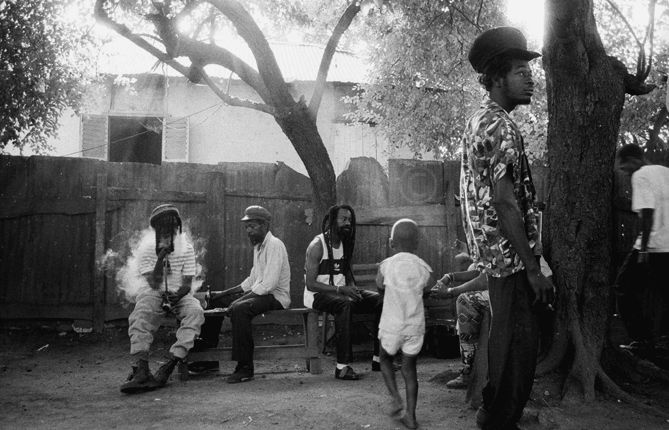
1960s and 70s
In 1966 Haile Selassie visited Jamaica, where he was greeted with vast enthusiasm.
The development of Reggae music during this period made Rastafari audible and visible to an international audience. The work of Bob Marley (one of the most important figures in Rastafari) and Island Records was popular with a much wider group than the working class Jamaican culture from which it sprang.
As the rock critics Stephen Davis and Peter Simon said, reggae propelled “the Rasta cosmology into the middle of the planet’s cultural arenas, and suddenly people want to know what all the chanting and praying and obsessive smoking of herb [marijuana] are all about” (Reggae Bloodlines).
Some traditional Rastafarians were disturbed by the popularity of reggae, fearing that the faith would be commercialised or taken up as a cultural fad, rather than a religion.
In 1974 Haile Selassie was deposed by a Marxist revolution. He died mysteriously the next year. The removal of a divine figure by an atheist secular political group was initially discouraging to Rastafarians, and undermined any suggestion that he had been anything more than a human representation of God.
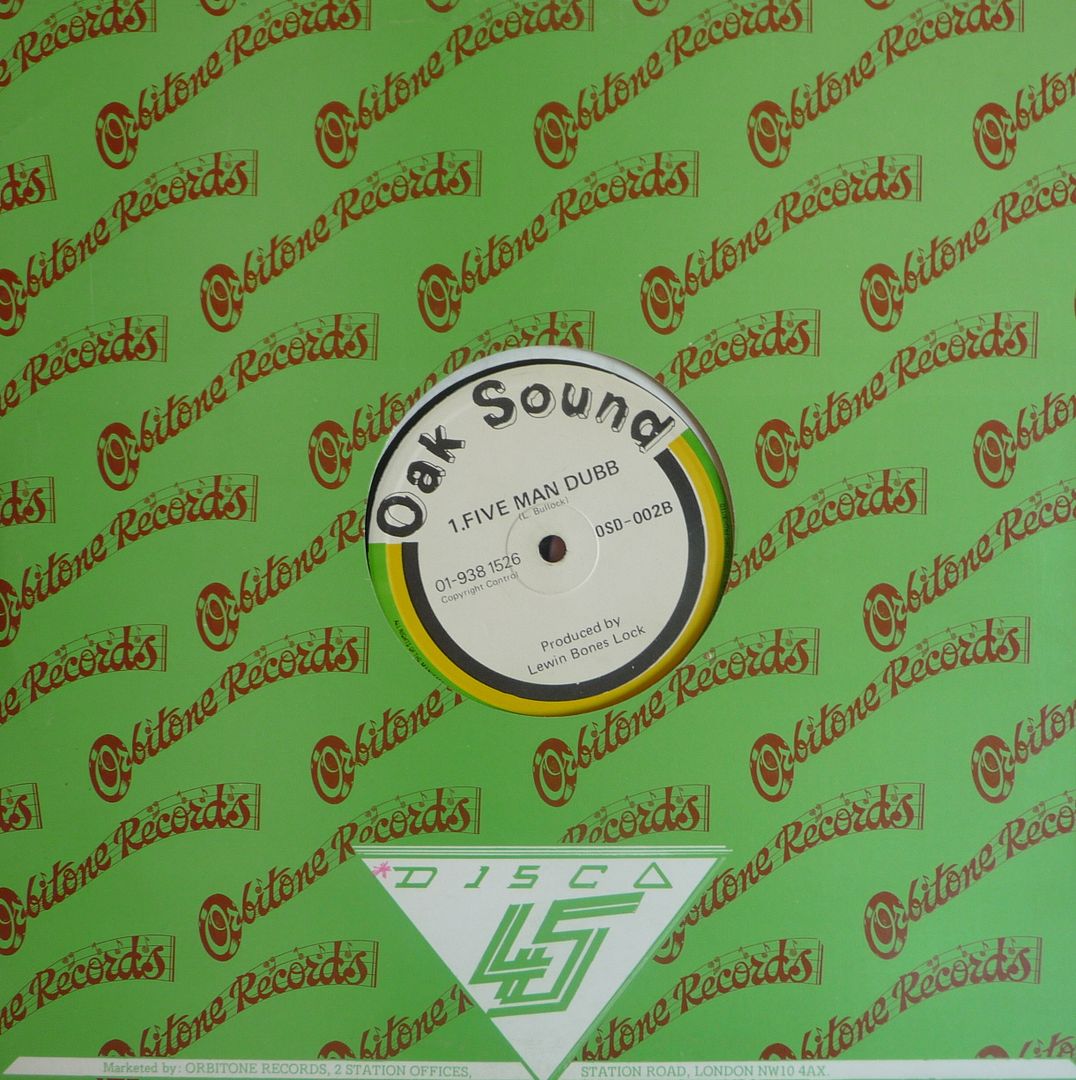

dan i
October 1, 2011 at 7:56 pmwicked bloody tune!!!
dan i
October 3, 2011 at 11:06 pmSeriously, this is one of those ‘if you only own one reggae record…’ tunes. Covered by Massive Attack on their ‘Blue Lines’ album, but this original is absolutely deadly.
On another note, does anyone know anything much about Co-Creators, is there any recorded music, etc?
Mick Mitchell
November 24, 2011 at 11:42 pmthis is a fantastic track, I’d never heard it before ! Thanks for posting it.